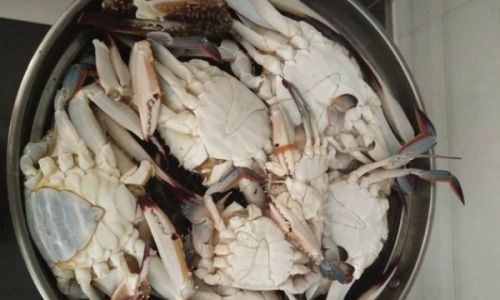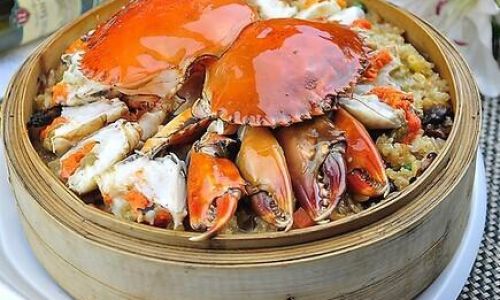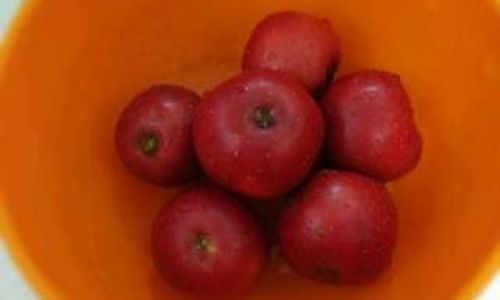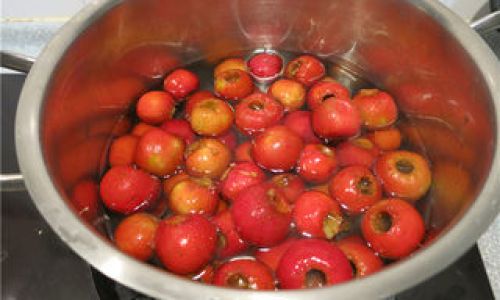Table of content
Cooking crab can be an intimidating task for many home cooks, especially those who are unfamiliar with seafood preparation. However, with the right techniques and ingredients, you can transform this seemingly complex dish into a delightful and straightforward culinary experience. In this guide, we’ll walk you through how to cook crab in a way that’s both delicious and easy, ensuring that you can enjoy this seafood delicacy without any hassle.
Understanding Crab Types
Before diving into the cooking process, it’s essential to understand the different types of crabs available. Common varieties include blue crabs, Dungeness crabs, snow crabs, and king crabs. Each type has its unique flavor, texture, and best cooking method. For instance, blue crabs are often steamed or boiled, while king crabs are typically cooked and served as large, meaty portions.
When selecting your crab, look for firm shells, bright colors (depending on the species), and a fresh, sea-like aroma. Avoid crabs with cracked shells, a strong fishy odor, or slimy textures, as these are signs of freshness issues.

Preparation: Cleaning and Readying the Crab
-
Rinse the Crab: Start by rinsing the crab under cold running water. This helps remove any dirt, sand, or debris that may be clinging to the shell.
-
Inspect and Remove Unwanted Parts: Depending on the crab type and your preference, you may need to remove certain parts before cooking. For example, with blue crabs, you might want to discard the apron (the flap-like structure under the crab’s body) and the gills (found inside the crab’s head). Use a sharp pair of kitchen scissors or a crab cracker for this task.
-
Cracking the Shell (Optional): If you prefer easier access to the crab meat, you can lightly crack the shell using a crab mallet or hammer. This step is optional but can make eating the crab more enjoyable, especially for those who find peeling and cracking shells challenging.
Cooking Methods: Simple and Delicious
Boiling Crab
Boiling is one of the most straightforward and popular methods for cooking crab. Here’s how to do it:
-
Fill a Pot with Water: Use a large pot that can comfortably hold the crabs you plan to cook. Fill it with enough water to fully submerge the crabs.
-
Add Seasonings: For flavor, add a mix of salt, Old Bay Seasoning (a classic crab-boiling blend), lemon slices, garlic cloves, and a few bay leaves. Adjust the seasoning to your taste.
-
Bring to a Boil: Place the pot on high heat and bring the water to a rolling boil.
-
Add the Crab: Carefully lower the crabs into the boiling water using tongs or a large spoon. This prevents splashing and burning.

-
Cooking Time: Boil the crabs for about 15-20 minutes, depending on their size. Larger crabs may require additional time to ensure the meat is fully cooked.
-
Check for Doneness: Use a fork or a pair of tongs to gently pull on one of the crab’s legs. The meat should easily come out when done.
-
Drain and Serve: Once cooked, remove the crabs from the pot using a slotted spoon and let them drain on paper towels. Serve hot with melted butter, lemon wedges, and your favorite dipping sauce.
Steaming Crab
Steaming crab is another excellent method that preserves the crab’s natural juices and flavors. Here’s a step-by-step guide:
-
Set Up a Steamer: Use a large pot with a steaming rack or a dedicated steamer basket. Fill the pot with a couple of inches of water and bring it to a boil.
-
Add Aromatics: Place lemon slices, garlic cloves, and herbs like thyme or dill on the steaming rack. These will infuse the crab with additional flavor as it cooks.
-
Place the Crab: Arrange the crabs on the steaming rack, making sure they are not overcrowded. This allows steam to circulate evenly around each crab.
-
Cover and Steam: Cover the pot tightly and steam the crabs for about 15-25 minutes, depending on their size. Check for doneness by pulling on a leg, as mentioned earlier.

-
Serve: Carefully remove the crabs from the steamer and serve immediately with melted butter, lemon, and dipping sauce.
Serving Suggestions and Tips
-
Dipping Sauces: Create a variety of dipping sauces to complement your crab. Classic choices include melted butter mixed with garlic and herbs, a tangy remoulade, or a spicy mustard sauce.
-
Side Dishes: Pair your crab with simple, complementary sides like steamed vegetables, crusty bread, or a light salad. This helps balance the rich flavors of the crab.
-
Leftovers: If you have leftover crab meat, consider using it in salads, soups, or crab cakes for a delicious second meal.
Conclusion
Cooking crab doesn’t have to be complicated. By following these easy steps and tips, you can enjoy delicious, moist, and flavorful crab dishes at home. Whether you choose to boil or steam your crab, the key is to use fresh ingredients, season well, and cook to the right temperature and time. With a bit of practice, you’ll soon be a crab-cooking expert, delighting friends and family with your culinary creations. So, the next time you’re at the seafood market, don’t shy away from those crabs – bring them home and start cooking!





0 comments